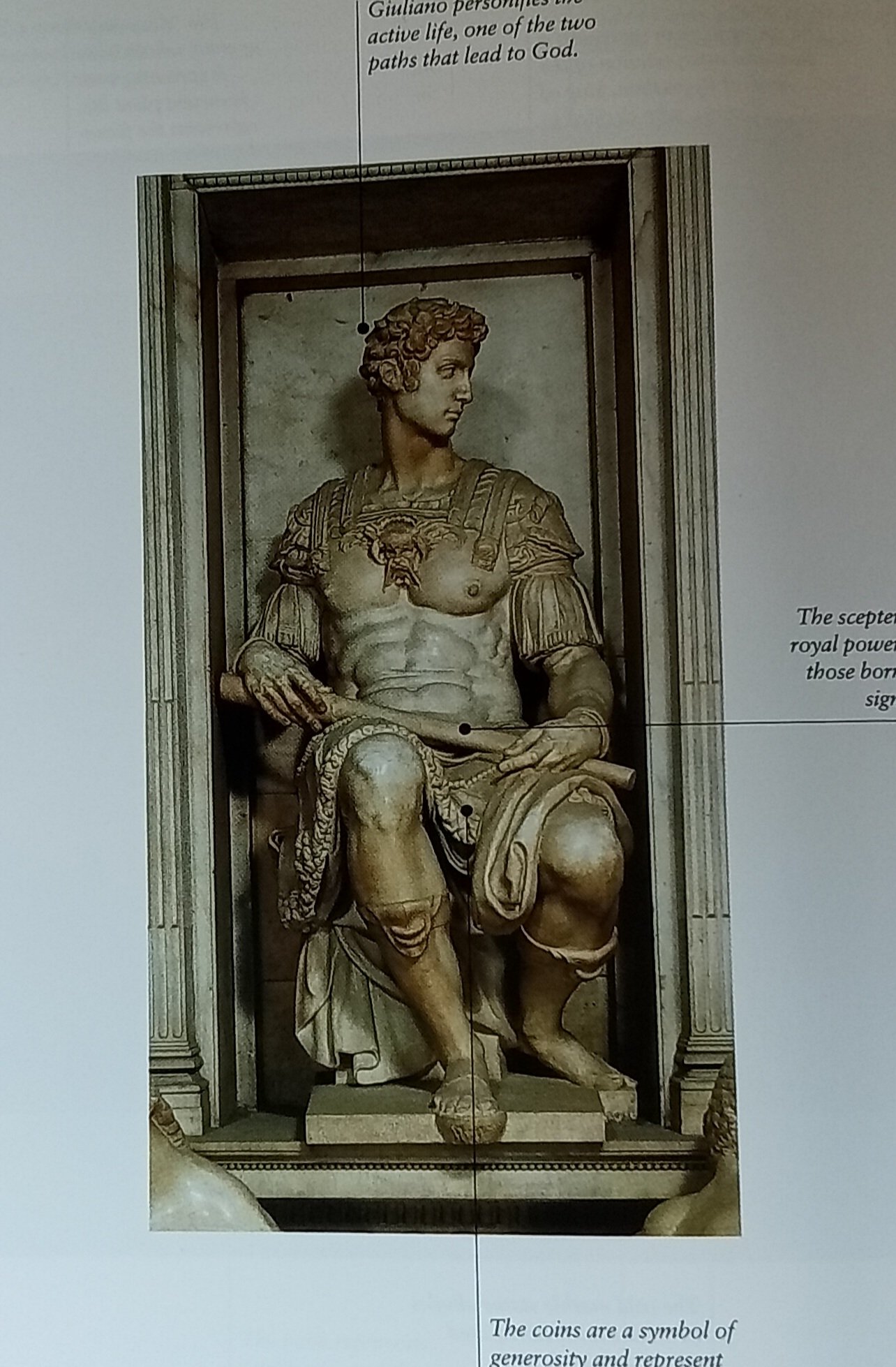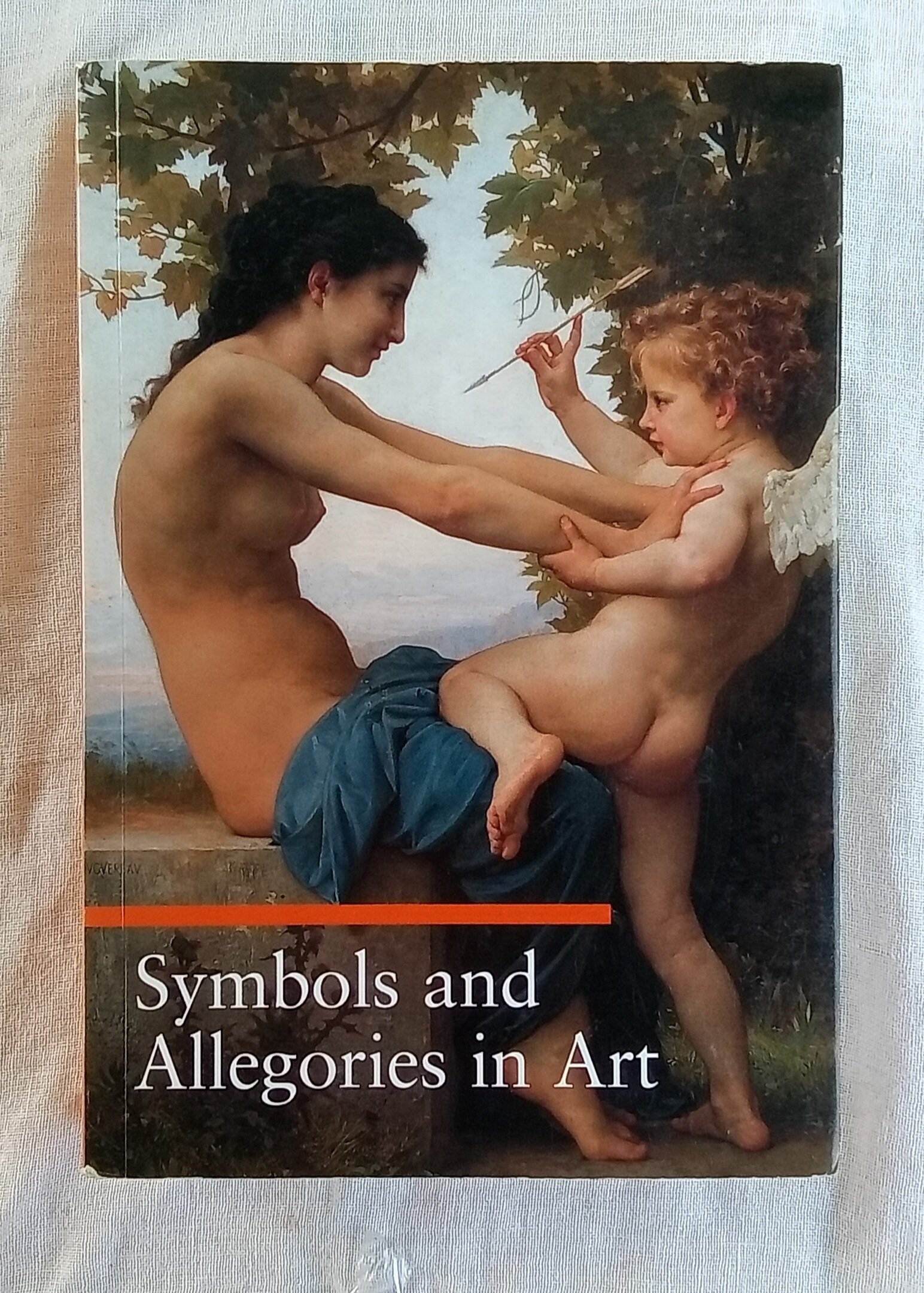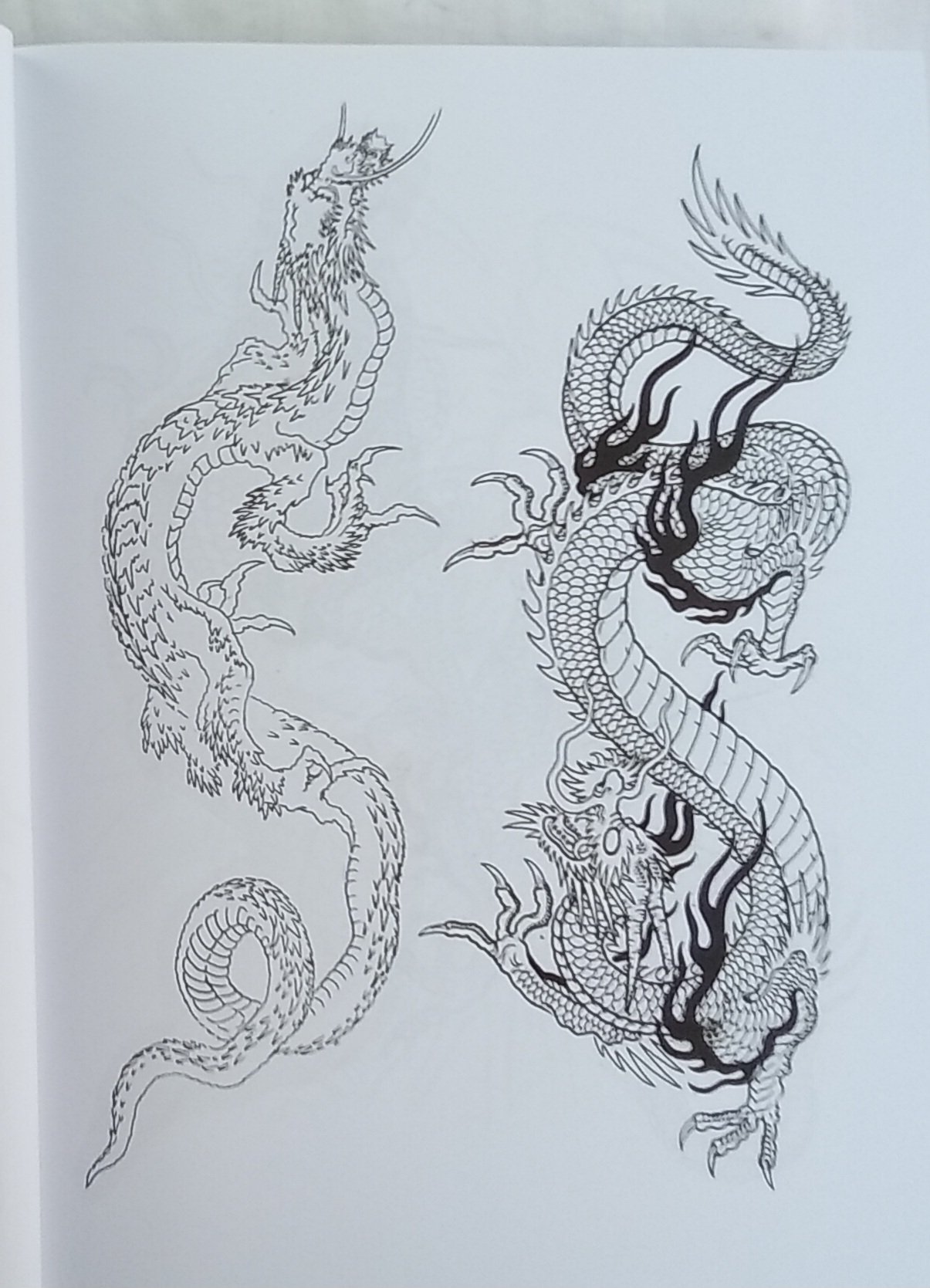 Image 1 of 34
Image 1 of 34

 Image 2 of 34
Image 2 of 34

 Image 3 of 34
Image 3 of 34

 Image 4 of 34
Image 4 of 34

 Image 5 of 34
Image 5 of 34

 Image 6 of 34
Image 6 of 34

 Image 7 of 34
Image 7 of 34

 Image 8 of 34
Image 8 of 34

 Image 9 of 34
Image 9 of 34

 Image 10 of 34
Image 10 of 34

 Image 11 of 34
Image 11 of 34

 Image 12 of 34
Image 12 of 34

 Image 13 of 34
Image 13 of 34

 Image 14 of 34
Image 14 of 34

 Image 15 of 34
Image 15 of 34

 Image 16 of 34
Image 16 of 34

 Image 17 of 34
Image 17 of 34

 Image 18 of 34
Image 18 of 34

 Image 19 of 34
Image 19 of 34

 Image 20 of 34
Image 20 of 34

 Image 21 of 34
Image 21 of 34

 Image 22 of 34
Image 22 of 34

 Image 23 of 34
Image 23 of 34

 Image 24 of 34
Image 24 of 34

 Image 25 of 34
Image 25 of 34

 Image 26 of 34
Image 26 of 34

 Image 27 of 34
Image 27 of 34

 Image 28 of 34
Image 28 of 34

 Image 29 of 34
Image 29 of 34

 Image 30 of 34
Image 30 of 34

 Image 31 of 34
Image 31 of 34

 Image 32 of 34
Image 32 of 34

 Image 33 of 34
Image 33 of 34

 Image 34 of 34
Image 34 of 34



































Symbols and Allegories in Art (A Guide to Imagery)
Symbols and Allegories in Art (A Guide to Imagery)
384pgs, $18
From antiquity, when the gods and goddesses were commonly featured in works of art, through to the twentieth century, when Surrealists drew on archetypes from the unconscious, artists have embedded symbols in their works. As with previous volumes in the Guide to Imagery series, the goal of this book is to provide contemporary readers and museum visitors with the tools to read the hidden meanings in works of art.
This latest volume is divided thematically into four sections featuring symbols related to time, man, space (earth and sky), and allegories or moral lessons. Readers will learn, for instance, that night, the primordial mother of the cosmos, was often portrayed in ancient art as a woman wrapped in a black veil, whereas day or noon was often represented in Renaissance art as a strong, virile man evoking the full manifestation of the sun's energy.
Each entry in the book contains a main reference image in which details of the symbol or allegory being analyzed are called out for discussion. In the margin, for quick access by the reader, is a summary of the essential characteristics of the symbol in question, the derivation of its name, and the religious tradition from which it springs.
Symbols and Allegories in Art (A Guide to Imagery)
384pgs, $18
From antiquity, when the gods and goddesses were commonly featured in works of art, through to the twentieth century, when Surrealists drew on archetypes from the unconscious, artists have embedded symbols in their works. As with previous volumes in the Guide to Imagery series, the goal of this book is to provide contemporary readers and museum visitors with the tools to read the hidden meanings in works of art.
This latest volume is divided thematically into four sections featuring symbols related to time, man, space (earth and sky), and allegories or moral lessons. Readers will learn, for instance, that night, the primordial mother of the cosmos, was often portrayed in ancient art as a woman wrapped in a black veil, whereas day or noon was often represented in Renaissance art as a strong, virile man evoking the full manifestation of the sun's energy.
Each entry in the book contains a main reference image in which details of the symbol or allegory being analyzed are called out for discussion. In the margin, for quick access by the reader, is a summary of the essential characteristics of the symbol in question, the derivation of its name, and the religious tradition from which it springs.














































































